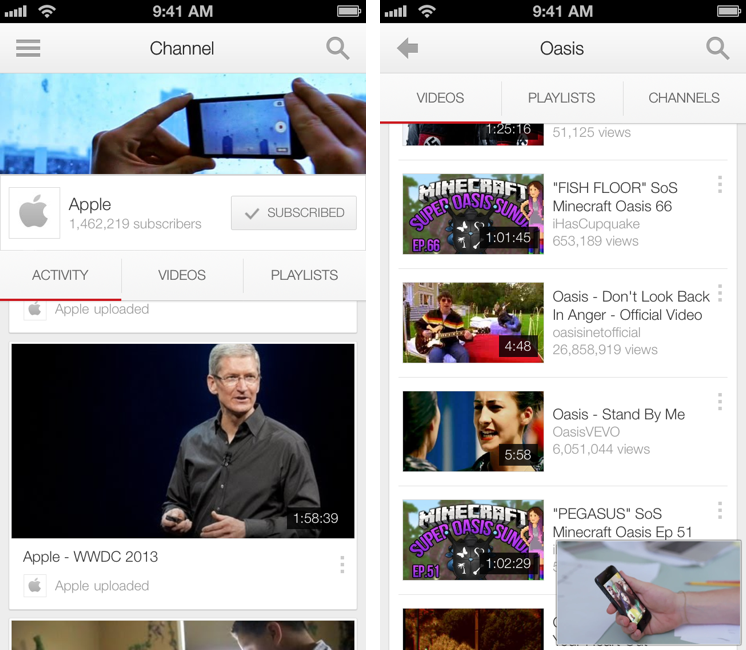ReadKit, my favorite RSS/read later client for OS X, has been updated today to version 2.3, which brings a new icon, several bug fixes, and some new welcome features.
For me, the two most important additions are the improved sharing system and a global preference to group items by date or feed. The latter is available in Preferences > General, but there’s also a smart folder-specific setting that can override the general preference (so if you like to group a smart folder by feed instead of date, you can do that). Sharing is reminiscent of Reeder in that it supports services like Evernote, Twitter, Facebook, and Pinboard and it lets you assign custom keyboard shortcuts to each sharing service.
I’m a fan of the new sharing options, as they are faster to activate than drag & drop between sources (which was already supported). As the developers write:
ReadKit started out as a read later application for Instapaper, Pocket and Readability and it wasn’t so important to share articles between these services, despite the fact that it has worked with a simple drag-and-drop. Then RSS abilities has been added to the application, but the way of sharing remained unchanged. It’s time to improve this functionality, so this version introduces the new sharing menu, customizable sharing shortcuts and the ability to send articles into non-premium Instapaper accounts as well. Additional improvements and services are coming soon.
I’ve been using ReadKit every day since version 2.0 and I highly recommend it. The 2.3 update is available on the Mac App Store.




